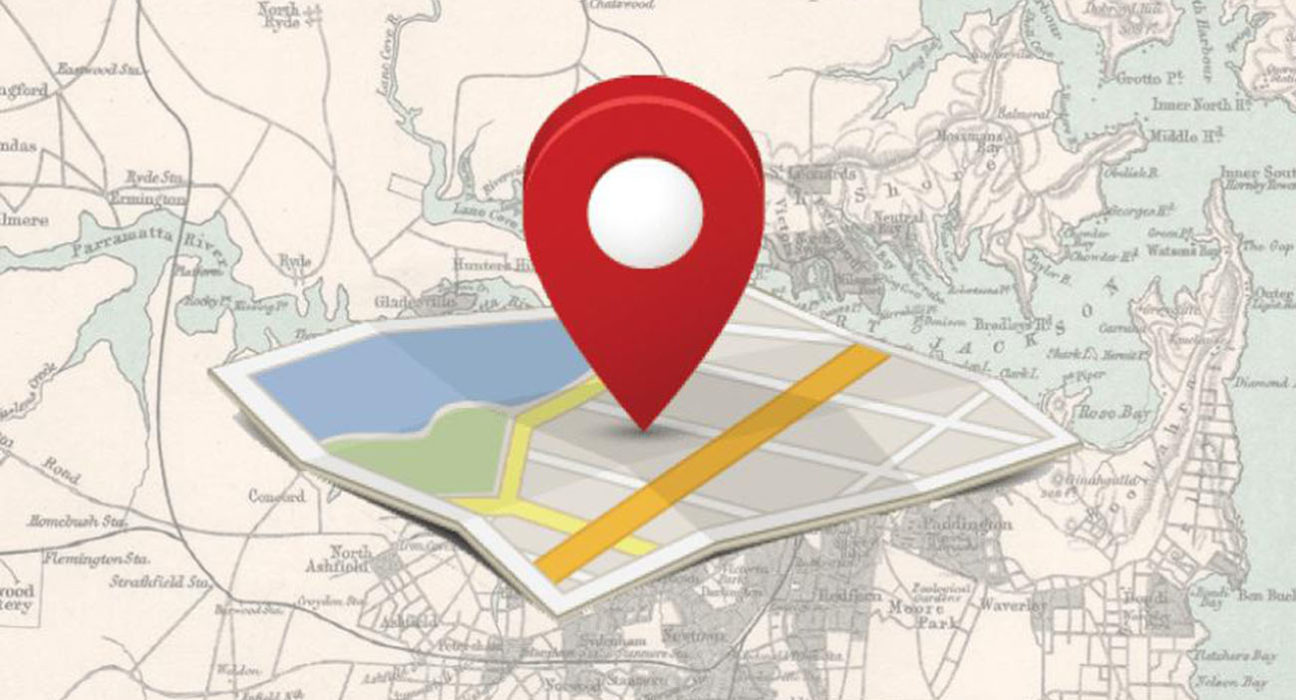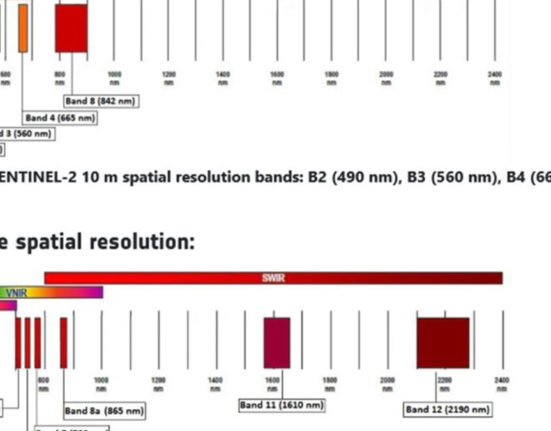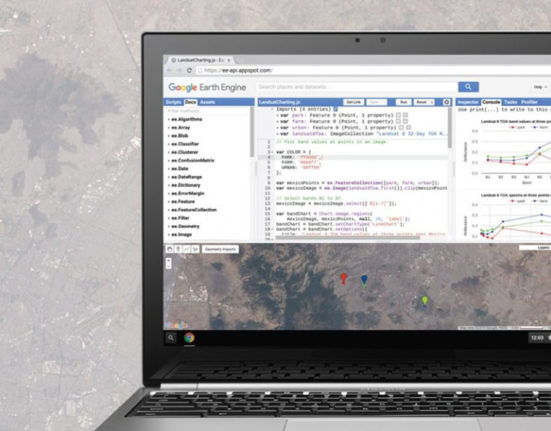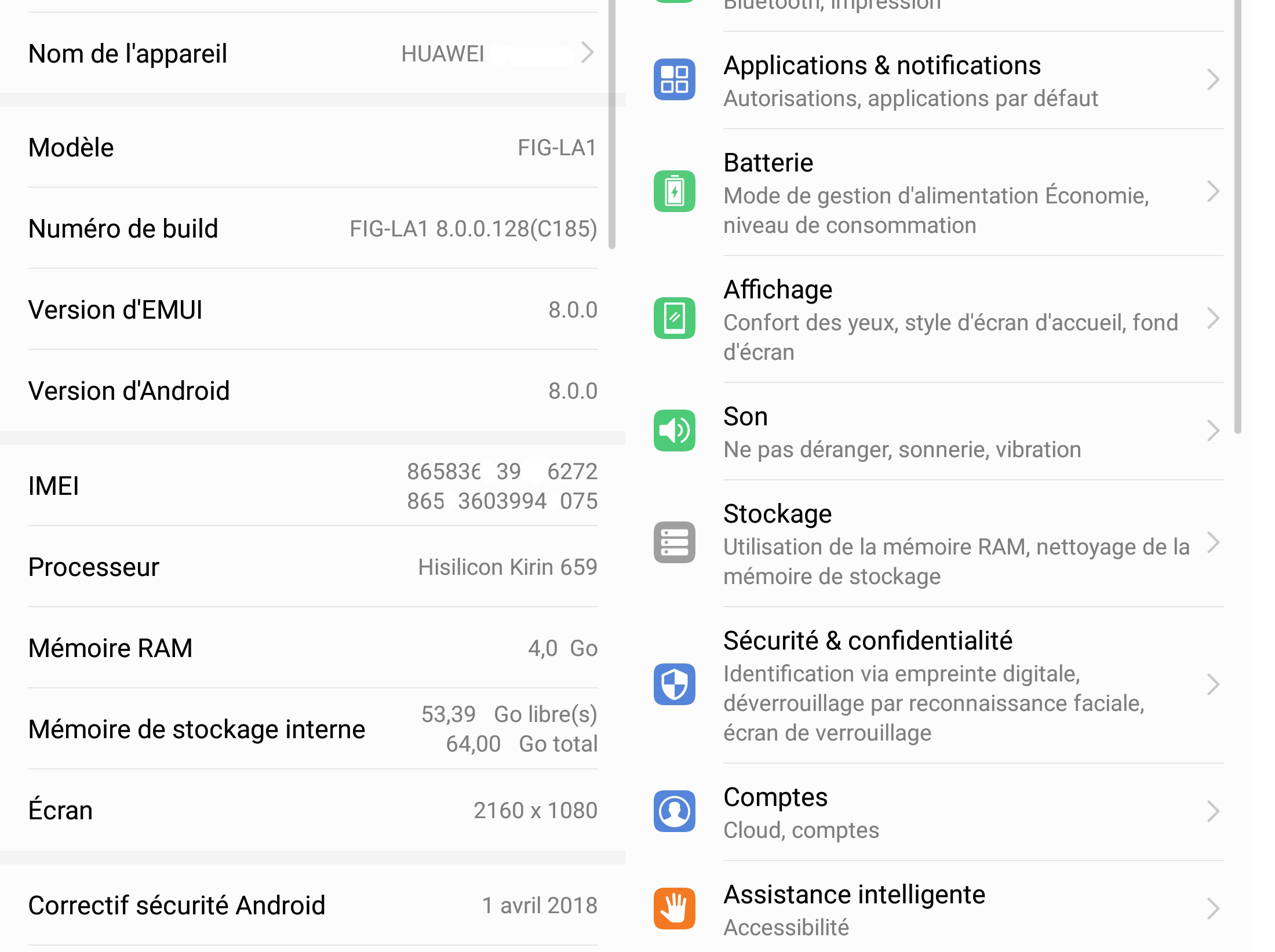GDAL is part of the FWTools package available at http://fwtools.maptools.org. GDAL’s home page (http://www.gdal.org) describes the project as:
…a translator library for raster geospatial data formats… As a library, it presents a single abstract data model to the calling application for all supported formats.
GDAL (often pronounced goodle) has three important features. First, it supports over 40 different raster formats. Second, it is available for other applications to use. Any application using the GDAL libraries can access all its supported formats, making custom programming for every desired format unnecessary. Third, prebuilt utilities help you use the functionality of the GDAL programming libraries without having to write your own program.
These three features offer a powerhouse of capability: imagine not worrying about what format an image is in. With GDAL supporting dozens of formats, the odds are that the formats you use are covered. Whether you need to do data conversion, display images in your custom program, or write a new driver for a custom image format, GDAL has programming interfaces or utilities available to help.
Raster Formats Supported by GDAL
GDAL supports dozens of raster formats. This list is taken from the GDAL web site formats list page found at http://www.gdal.org/formats_list.html.
- Arc/Info Binary Grid (.adf)
- Microsoft Windows Device Independent Bitmap (.bmp)
- BSB Nautical Chart Format (.kap)
- VTP Binary Terrain Format (.bt)
- CEOS (Spot, for instance)
- First Generation USGS DOQ (.doq)
- New Labelled USGS DOQ (.doq)
- Military Elevation Data (.dt0, .dt1)
- ERMapper Compressed Wavelets (.ecw)
- ESRI .hdr labeled
- ENVI .hdr labeled Raster
- Envisat Image Product (.n1)
- EOSAT FAST Format
- FITS (.fits)
- Graphics Interchange Format (.gif)
- Arc/Info Binary Grid (.adf)
- GRASS Rasters
- TIFF/GeoTIFF (.tif)
- Hierarchical Data Format Release 4 (HDF4)
- Erdas Imagine (.img)
- Atlantis MFF2e
- Japanese DEM (.mem)
- JPEG, JFIF (.jpg)
- JPEG2000 (.jp2, .j2k)
- NOAA Polar Orbiter Level 1b Data Set (AVHRR)
- Erdas 7.x .LAN and .GIS
- In Memory Raster
- Atlantis MFF
- Multi-resolution Seamless Image database
- NITF
- NetCDF
- OGDI Bridge
- PCI .aux labeled
- PCI Geomatics database file
- Portable Network Graphics (.png)
- Netpbm (.ppm, .pgm)
- USGS SDTS DEM (*CATD.DDF)
- SAR CEOS
- USGS ASCII DEM (.dem)
- X11 Pixmap (.xpm)
This list is comprehensive but certainly not static. If a format you need isn’t listed, you are encouraged to contact the developers. Sometimes only a small change is required to meet your needs. Other times it may mean your request is on a future enhancement waiting list. If you have a paying project or client with a particular need, hiring the developer can make your request a higher priority. Either way, this is one of the great features of open source software development—direct communication with the people in charge of development.
All these formats can be read, but GDAL can’t write to or create new files in all these formats. The web page shown earlier lists which ones GDAL can create.
As mentioned earlier, an important feature of GDAL is its availability as a set of programming libraries. Developers using various languages can take advantage of GDAL’s capabilities, giving them more time to focus on other tasks. Custom programming to support formats already available through GDAL isn’t necessary: reusability is a key strength of GDAL.
GDAL’s application programming interface (API) tutorial shows parallel examples of how to access raster data using C, C++, and Python. You can also use the Simplified Wrapper and Interface Generator (SWIG) to create interfaces for other programming languages such as Perl, Java, C#, and more. See http://www.swig.org/ for more information on SWIG.
The ability to directly link to GDAL libraries has helped add features to an array of GIS and visualization programs both commercial and open source. The GDAL website lists several projects that use GDAL, including FME, MapServer, GRASS, Quantum GIS, Cadcorp SIS, and Virtual Terrain Project.
Web Mapping Illustrated, Juin 2005. By Tyler Mitchell, Publisher: O’Reilly, Pages: 368










